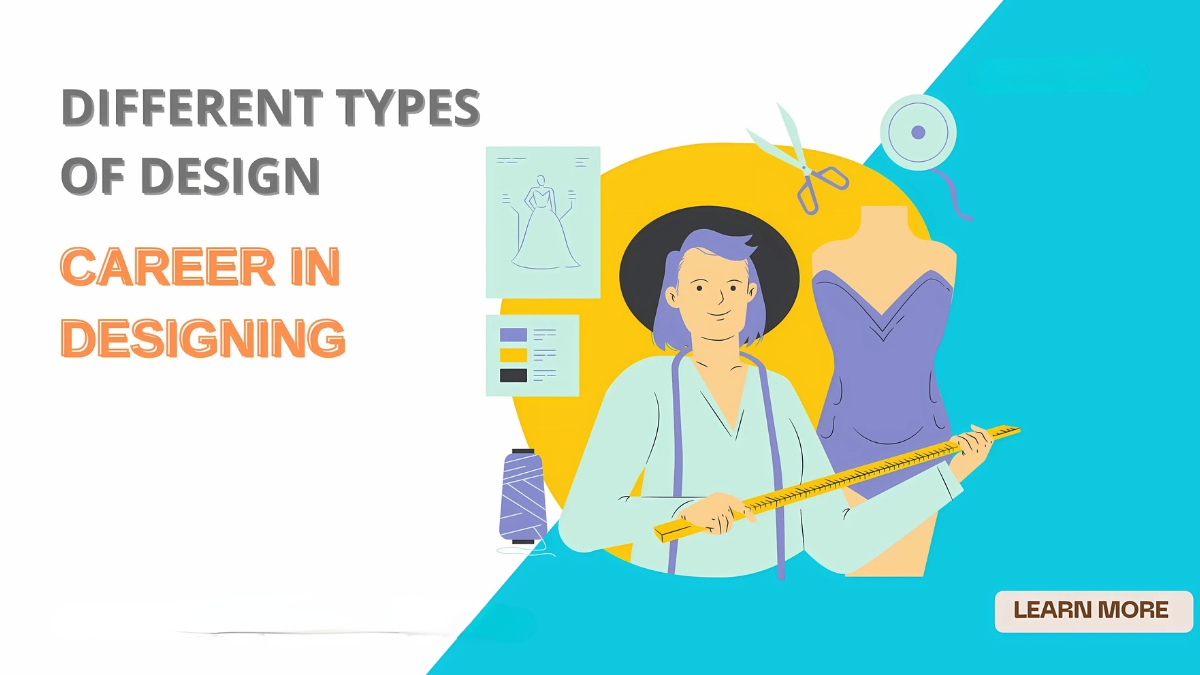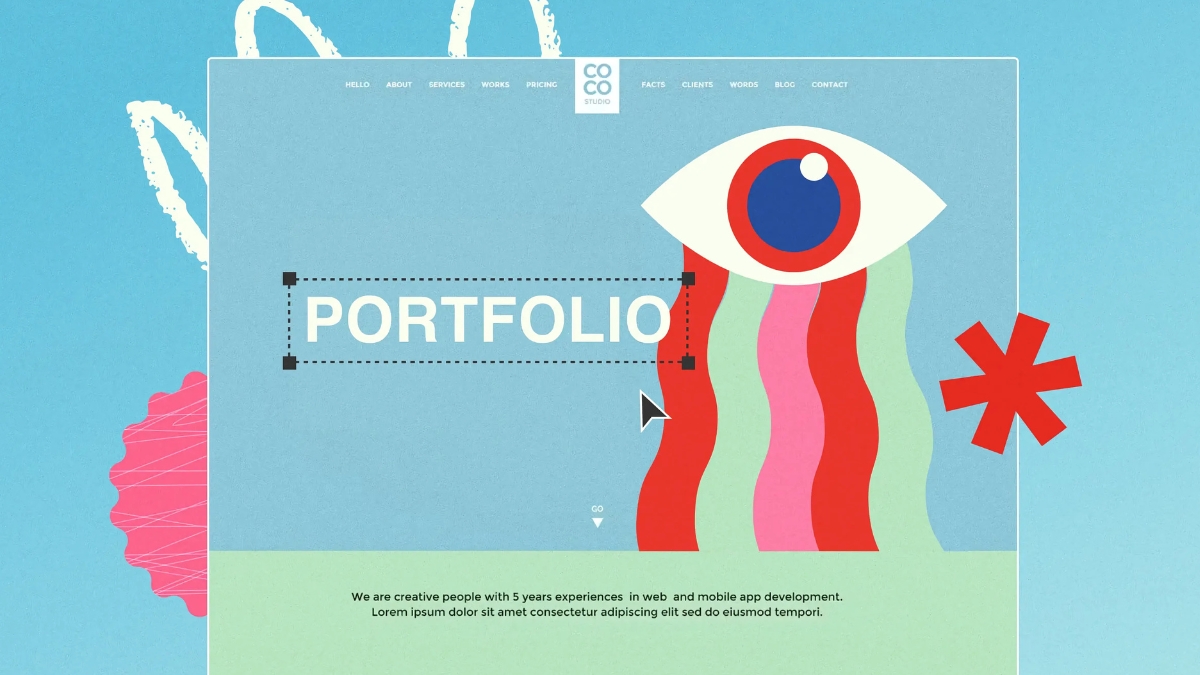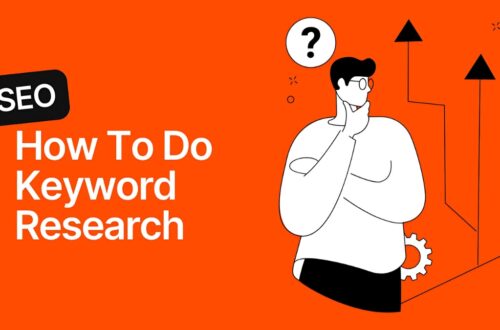
How to Become a Designer in 2025: A Complete Career Guide
Did you know that design jobs are projected to grow 9% faster than average through 2025? Whether you’re drawn to UI/UX, graphic design, or product design, I’ll show you exactly how to transform your creative passion into a thriving career. Let’s dive into the essential steps to become a professional designer!
Types of Design Careers
I remember when one of my students was torn between UI/UX and graphic design. Here’s what I explained: UI/UX designers typically earn $85,000-120,000 annually, focusing on creating intuitive digital experiences. They spend their days conducting user research, wireframing, and collaborating with developers. The demand is huge right now – I’ve seen countless startups desperate for good UI/UX talent.
Graphic designers, on the other hand, are the visual storytellers. Their salaries range from $45,000-75,000, and they’re responsible for everything from brand identities to marketing materials. One of my former students landed an awesome job creating social media graphics for a major beverage company. The key tools? Adobe Creative Suite is still king here.
Product designers are like the Swiss Army knives of design. These folks (earning $90,000-130,000) bridge the gap between aesthetics and functionality. I worked with a product designer who revolutionized a coffee maker design – she spent weeks prototyping and testing with users. If you want to become a designer in this field, you’ll need strong problem-solving skills and knowledge of manufacturing processes.
Motion designers? They’re the ones making those cool animations you see everywhere. Salaries range from $60,000-100,000. One of my students transitioned from graphic design to motion design after falling in love with After Effects. The learning curve was steep, but the creative possibilities are endless.

Industrial designers are the unsung heroes shaping the physical world around us (earning $70,000-110,000). They’re designing everything from furniture to medical devices. I once mentored someone who now designs sustainable packaging for major retailers. The coolest part? Seeing your designs become tangible objects.
Each path requires different tools and skills. UI/UX designers need Figma or Sketch, while industrial designers often use CAD software like SolidWorks. But here’s what I always tell my students: start with the fundamentals. Whether you want to become a designer of digital or physical products, understanding color theory, typography, and spatial relationships is crucial.
The best part? These fields are constantly evolving. I’ve seen designers pivot between specialties as new technologies emerge. Just remember – pick the path that aligns with your interests, not just the salary. Success comes from passion, not just paychecks.
What excites me most is how these roles often collaborate. I’ve worked on projects where UI/UX designers partnered with motion designers to create amazing interactive experiences. The possibilities are endless when you understand how different design disciplines complement each other.
Essential Design Skills and Tools
Typography is like the backbone of design – it’s not just about picking pretty fonts. I remember struggling with kerning and leading when I first started. The breakthrough came when I started seeing typography as a hierarchy system. Now I teach my students to start with a type scale: 16px body text, 24px headlines, and so on. It’s amazing how this simple structure transforms their designs.
Color theory isn’t just about making things look good (though that’s important!). I’ve had students create gorgeous designs using just three colors from a complementary scheme. The real magic happens when you understand color psychology. One of my students landed a major client simply because she could explain why she chose blue for their healthcare brand redesign.
When it comes to software, I always tell people who want to become a designer to master one tool deeply before moving to others. Start with Figma – it’s free and powerful. I’ve seen too many beginners get overwhelmed trying to learn everything at once. The Adobe Creative Suite will always be there when you’re ready to expand.
Layout principles are universal, whether you’re designing websites or book covers. The grid system saved my life when I was starting out. I remember designing a magazine spread that looked terrible until I applied the rule of thirds. Now it’s second nature. Here’s a pro tip: use a 12-column grid for maximum flexibility.

But technical skills are only half the battle. Problem-solving abilities make the difference between good and great designers. I had a client project go sideways until I learned to ask better questions: “What problem are we really trying to solve here?” That changed everything.
Communication skills are crucial too. You might have the best design in the world, but you need to explain your decisions. I developed a simple framework: explain the problem, show your solution, and back it up with design principles. Works like a charm in client presentations.
Here’s what I wish someone had told me earlier: learn keyboard shortcuts from day one. Seriously, it’s like learning to touch type – painful at first but saves countless hours later. I time my students: those who master shortcuts work nearly twice as fast.
And don’t forget about version control and file organization. Nothing’s worse than losing that perfect design because you didn’t save iterations. I learned this the hard way after losing a week’s worth of work. Now I use a clear naming convention: ProjectName_Version_Date.
Remember, these skills aren’t learned overnight. Focus on one area at a time, practice deliberately, and don’t be afraid to make mistakes. That’s where the real learning happens.
Education and Certification Options
Traditional design degrees offer something unique – deep immersion in design theory and plenty of time to experiment. But they’re expensive. I remember one of my students dropped $80,000 on her degree. Was it worth it? For her corporate design career, yes. The connections she made during those four years proved invaluable. However, I’ve seen equally successful designers come from other paths.
Bootcamps are the new kids on the block, and they’re shaking things up. They’re intense – imagine learning everything about UI/UX design in 12 weeks. One of my bootcamp students landed a $75K job right after graduating. The catch? You need serious dedication. We’re talking 60-hour weeks of pure design work. Good bootcamps cost between $8,000-15,000, but many offer income share agreements.
Want to become a designer without breaking the bank? Online platforms have revolutionized design education. I recommend starting with Coursera’s Google UX Design Certificate ($39/month) or Figma’s free tutorials. LinkedIn Learning (formerly Lynda.com) is another gem – their typography courses are outstanding. My students who combine multiple platforms tend to develop more rounded skill sets.
Speaking of certifications, they’re not all created equal. The Google UX certification carries weight – I’ve seen it open doors for junior designers. Adobe Certified Professional? Worth it if you’re focusing on graphic design. But here’s the truth: your portfolio matters more than any certificate. Still, certifications can provide structured learning paths.

The self-taught route requires incredible discipline, but it’s definitely possible. I’ve mentored several successful self-taught designers. Their secret? Creating a structured learning plan and sticking to it. Start with design fundamentals on YouTube (I love The Futur’s channel), then progress to paid courses for deeper learning.
Here’s what nobody tells you: combine approaches. Take a few Udemy courses ($15-20 each during sales), join design Discord communities, and maybe do a short bootcamp later. The key is to keep building your portfolio while you learn.
The most successful designers I’ve mentored didn’t just follow one path – they created their own. One student combined online courses with mentorship and personal projects. She saved thousands compared to a traditional degree and landed a great product design role.
Remember: education is just the beginning. Whether you choose a degree, bootcamp, or self-taught path, real learning happens when you start working on real projects. Keep building, keep learning, and stay curious.
Building Your Design Portfolio
Case studies are where the magic happens. I learned this after reviewing hundreds of portfolios – the best ones tell stories. Here’s my formula: Start with the problem, explain your process (including the messy parts!), and show the impact. One of my students documented how she redesigned a food delivery app, including user research data and wireframe iterations. That case study landed her three interviews.
Want to become a designer who stands out? Don’t just show final designs. I push my students to explain their thought process. “We increased conversion by 45%” sounds way better than “I made it look pretty.” Include screenshots of your iterations, user feedback, and even mistakes you learned from.
Diversity in your portfolio is crucial. Even if you’re targeting UX design jobs, showing branding projects demonstrates versatility. I remember reviewing a portfolio that included everything from app designs to poster work – that designer got hired within two weeks. But here’s the catch: each project should be polished and purposeful.
Your personal brand matters too. Pick 2-3 colors and stick with them across your portfolio site, LinkedIn, and resume. One of my mentees used a distinctive coral color throughout her brand – recruiters remembered her as “the coral portfolio.” Simple but effective.

Getting feedback is non-negotiable. Join design communities on Discord or Behance. I’ve seen mediocre portfolios transform after just a few rounds of critique. But be strategic – seek feedback from designers in your target field. A UX designer might give different advice than a brand designer.
Pro tip: Create a case study template. Introduction, problem statement, process, solution, results. This structure helps you tell consistent stories across different projects. And always include metrics when possible – businesses love numbers.
Remember to update your portfolio regularly. I suggest reviewing it every three months. Fresh projects show you’re actively growing and learning. Plus, your older work might make you cringe – that’s actually a good sign! It means you’re improving.
Finally, make your portfolio easy to navigate. If a recruiter can’t find your best work in 30 seconds, you’ve lost them. Three to five strong case studies beat fifteen mediocre ones every time.
Landing Your First Design Job
Your design resume needs to be, well, designed! I guide my students to create clean, scannable layouts that showcase hierarchy. One page only – I’ve seen great candidates rejected because they rambled for three pages. Include your top skills, relevant tools, and measurable achievements. My star student highlighted how she increased social media engagement by 200% through her redesign work.
The journey to become a designer requires strategic networking. But forget cold LinkedIn messages. I teach my students to join design communities and contribute meaningfully. One started by giving UI feedback in Discord channels. Three months later, she had job referrals from senior designers she’d helped. The design community is surprisingly welcoming to newcomers who show initiative.
Interview prep is crucial. Technical assessments usually involve design challenges – expect to explain your process in detail. I remember coaching a student through a whiteboard challenge. The key? Talk through your thinking. “I’m starting with user needs because…” sounds much better than silently sketching.
Portfolio presentations are make-or-break moments. Practice explaining each project in 5 minutes. Focus on problem-solving, not just aesthetics. Be ready for tough questions like “Why this color scheme?” or “How would you improve this design now?”

Freelancing can be your secret weapon. Start small – maybe design for local businesses or non-profits. One of my students redesigned a cafe’s menu for free. That led to paid work, which became a stellar portfolio piece. Today, she’s a senior designer at a tech company.
Consider internships seriously. The pay might be lower, but the experience is gold. Remote internships have become more common – I’ve seen students intern for companies across the country. It’s often an easier path to full-time roles than cold applications.
Here’s what most people miss: document everything. Keep a folder of design feedback, positive client emails, and project outcomes. These become powerful interview talking points and confidence boosters when self-doubt creeps in.
Remember, getting that first job isn’t just about skills – it’s about showing you can solve real business problems through design. Focus on communicating this, and you’ll stand out from the crowd.
Ready to start your design career? Focus on building a strong foundation in design principles, mastering essential tools, and creating a standout portfolio. Remember, successful designers never stop learning and evolving. Take your first step today by choosing your design specialization and beginning your learning journey!





